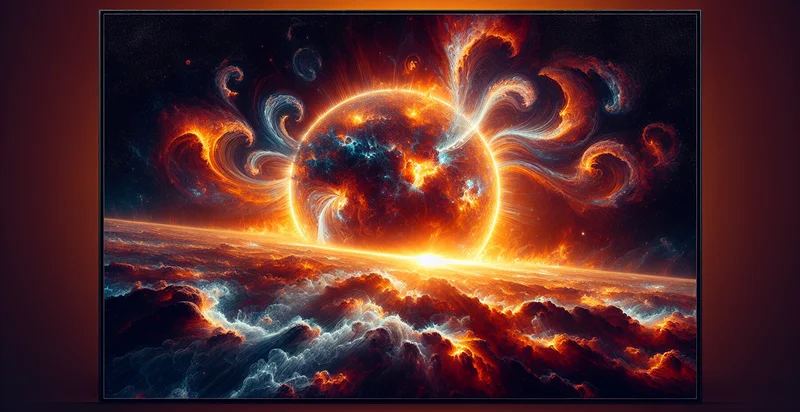Identify solar observatory
using AI
Below is a free classifier to identify solar observatory. Just upload your image, and our AI will predict what type of solar phenomenon is occurring - in just seconds.

Contact us for API access
Or, use Nyckel to build highly-accurate custom classifiers in just minutes. No PhD required.
Get started
import nyckel
credentials = nyckel.Credentials("YOUR_CLIENT_ID", "YOUR_CLIENT_SECRET")
nyckel.invoke("solar-observatory", "your_image_url", credentials)
fetch('https://www.nyckel.com/v1/functions/solar-observatory/invoke', {
method: 'POST',
headers: {
'Authorization': 'Bearer ' + 'YOUR_BEARER_TOKEN',
'Content-Type': 'application/json',
},
body: JSON.stringify(
{"data": "your_image_url"}
)
})
.then(response => response.json())
.then(data => console.log(data));
curl -X POST \
-H "Content-Type: application/json" \
-H "Authorization: Bearer YOUR_BEARER_TOKEN" \
-d '{"data": "your_image_url"}' \
https://www.nyckel.com/v1/functions/solar-observatory/invoke
How this classifier works
To start, upload your image. Our AI tool will then predict what type of solar phenomenon is occurring.
This pretrained image model uses a Nyckel-created dataset and has 25 labels, including Ace, Alyac, Big Bear, Cluster, Coronagraph, Dscovr, Esa, Euv, Goes and Ground Station.
We'll also show a confidence score (the higher the number, the more confident the AI model is around what type of solar phenomenon is occurring).
Whether you're just curious or building solar observatory detection into your application, we hope our classifier proves helpful.
Related Classifiers
Need to identify solar observatory at scale?
Get API or Zapier access to this classifier for free. It's perfect for:
- Solar Event Detection: This use case involves using the false image classification function to identify and classify solar events, such as coronal mass ejections or solar flares. By filtering out irrelevant imagery, the system can provide more accurate real-time alerts to astronomers and researchers.
- Data Quality Assurance: Implement the function to enhance data quality in solar observatories by filtering out false or corrupted images. This ensures that only reliable, high-quality images are stored for future analysis and research.
- Educational Tool for Astronomy: Develop an interactive educational platform that uses the false image classification function to help students distinguish between authentic solar images and false representations. This can enhance learning about solar phenomena and improve observational skills.
- Automated Image Processing Workflow: Integrate the classification function into an automated processing workflow for solar imagery. The system can reduce manual labor by automatically flagging and sorting images, improving efficiency in data handling.
- Performance Benchmarking: Use the false image classification function to establish benchmarks for the performance of different solar imaging techniques. By classifying and comparing outcomes, researchers can optimize observation strategies and technologies.
- Cloud Cover Impact Analysis: Assess the impact of cloud cover on solar observations by using the classification function to identify false images caused by atmospheric interference. Understanding these effects can refine observation scheduling and data interpretation.
- Public Engagement and Outreach: Leverage the classification function for public engagement initiatives, allowing amateur astronomers or enthusiasts to submit solar images for classification. This can foster community involvement in solar science while automatically filtering out low-quality submissions.


